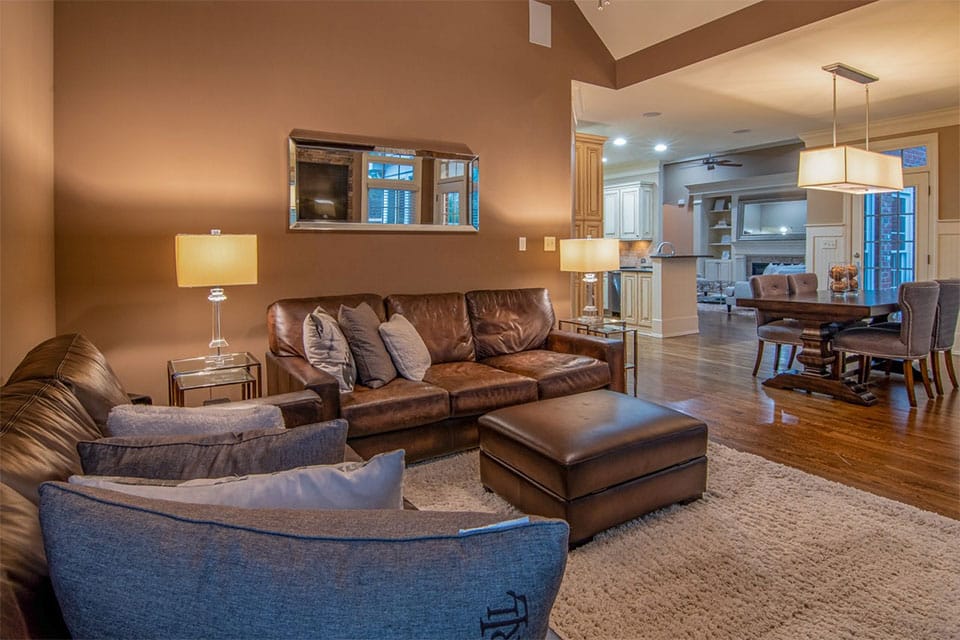When it comes to choosing the right lighting for your dining room, the color temperature is an important factor to consider. Warm white and cool white are two common options, but which is the better choice for your home? Let's take a closer look at the differences between these two color temperatures and how you can decide which is best for your dining room. Warm White vs Cool White: Which is Best for Your Home?
Before we dive into the specifics of warm white and cool white lighting, it's important to understand how color temperature is measured. Color temperature is measured in Kelvin (K) and typically ranges from 2700K to 6500K. The lower the Kelvin number, the warmer the light will appear, and the higher the Kelvin number, the cooler the light will appear. How to Choose the Right Color Temperature for Your Dining Room Lighting
The main difference between warm white and cool white lighting is the color temperature. Warm white lighting has a lower Kelvin number, typically ranging from 2700K to 3500K, and emits a yellowish or orange hue. This type of lighting is often described as cozy and inviting, making it a popular choice for living spaces like dining rooms. On the other hand, cool white lighting has a higher Kelvin number, typically ranging from 5000K to 6500K, and emits a bluish or white hue. This type of lighting is often described as crisp and energizing, making it a popular choice for work spaces like offices. Warm White vs Cool White: What's the Difference?
The best color temperature for your dining room ultimately depends on your personal preference and the overall ambiance you want to create in the space. Warm white lighting is a great choice for creating a cozy and intimate atmosphere in your dining room. It can also enhance the colors of your decor and make the room feel more inviting. On the other hand, cool white lighting can make the space feel brighter and more energized, which may be better suited for hosting lively dinner parties or working from home at the dining table. The Best Color Temperature for Dining Room Lighting
When it comes to energy efficiency, warm white lighting is the better option. This is because warm white bulbs typically use less energy than cool white bulbs, making them more cost-effective in the long run. Additionally, warm white bulbs have a longer lifespan, so you won't have to replace them as often. However, it's important to note that the energy efficiency of a light bulb also depends on the type and brand, so be sure to check the packaging for specific energy-saving information. Warm White vs Cool White: Which is More Energy Efficient?
Why choose between warm white and cool white when you can have the best of both worlds? Combining warm white and cool white lighting in your dining room can create the perfect balance of coziness and brightness. You can achieve this by using warm white bulbs in your main light fixtures and adding cool white accent lights, such as LED strips, under cabinets or shelves. This will not only enhance the overall ambiance of your dining room but also add a touch of visual interest to the space. How to Create the Perfect Ambiance with Warm White and Cool White Lighting
When selecting light bulbs for your dining room, it's important to consider the function of the space and the activities that take place there. If your dining room is primarily used for dining and relaxation, warm white lighting may be the best option. However, if your dining room doubles as a workspace or you often host social gatherings, cool white lighting may be a better fit. It's also worth noting that dimmable bulbs are a great option for dining rooms as they allow you to adjust the color temperature and brightness to fit your needs. Choosing the Right Light Bulb Color Temperature for Your Dining Room
Like any lighting option, warm white and cool white have their own set of pros and cons. Warm white lighting is great for creating a cozy and inviting atmosphere, but it may not provide enough brightness for certain tasks. On the other hand, cool white lighting is bright and energizing, but it may not be as visually appealing for relaxing in the evening. It's important to weigh these factors and consider your priorities when choosing between warm white and cool white for your dining room. Warm White vs Cool White: Pros and Cons
The color temperature of your lighting can also play a significant role in enhancing your dining room decor. Warm white lighting can make warm-toned decor, such as wooden furniture or earthy accents, appear more vibrant and inviting. On the other hand, cool white lighting can make cool-toned decor, such as metal or glass accents, appear more sleek and modern. Consider the overall color scheme and style of your dining room when choosing between warm white and cool white lighting to create a cohesive and visually appealing space. How to Use Warm White and Cool White Lighting to Enhance Your Dining Room Decor
As mentioned earlier, combining warm white and cool white lighting can create a balanced and versatile lighting design for your dining room. This can also be achieved by using dimmer switches or smart lighting systems that allow you to adjust the color temperature and brightness of your lights. By finding the right balance between warm white and cool white lighting, you can create the perfect ambiance for any occasion in your dining room. Finding the Balance: Using a Combination of Warm White and Cool White Lighting in Your Dining Room
Choosing the Right Lighting for Your Dining Room Design

Why Warm White or Cool White is a Major Consideration
 When designing a dining room, lighting is a crucial element that can make or break the overall ambiance and functionality of the space. A well-lit dining room can create a warm and inviting atmosphere, while also providing adequate lighting for dining and entertaining. One of the key decisions when it comes to lighting is whether to go for warm white or cool white. Let's take a closer look at the benefits and considerations of each to help you make the best choice for your dining room design.
Warm White:
Warm white lighting has a yellow or orange hue, similar to the glow of a traditional incandescent bulb. This type of lighting creates a cozy and intimate atmosphere, making it perfect for dining rooms. It also enhances warm tones in the room, such as wood accents or warm-colored walls. Additionally, warm white lighting can make food look more appetizing and can help set a relaxing and comfortable mood for your guests.
Cool White:
On the other hand, cool white lighting has a blue or white hue and is often associated with fluorescent or LED lights. This type of lighting provides a brighter and more energetic feel to a room, making it ideal for dining rooms used for more than just eating. It can also make the space feel more spacious and modern. Cool white lighting is also great for highlighting cool tones in the room, such as metallic accents or cool-colored walls.
Which One to Choose?
When it comes to choosing between warm white and cool white lighting for your dining room, there is no right or wrong answer. It ultimately depends on your personal preference and the overall design and function of your dining room. If you want a cozy and intimate atmosphere, warm white lighting is the way to go. If you prefer a more modern and energetic feel, cool white lighting would be a better fit.
Considerations:
When selecting your lighting, it's also important to consider the size and layout of your dining room. For smaller dining rooms, warm white lighting can make the space feel more intimate and less cramped. Cool white lighting, on the other hand, can make the room feel more open and spacious. Additionally, it's important to choose the right brightness and color temperature for your chosen lighting. A dimmer switch can also be a great option to adjust the lighting according to the occasion.
In conclusion, the right lighting can greatly enhance the overall design and functionality of your dining room. Whether you choose warm white or cool white, both have their own unique benefits and considerations. Take into account your personal preferences, the size and layout of your dining room, and the overall design to make the best choice for your dining room lighting.
When designing a dining room, lighting is a crucial element that can make or break the overall ambiance and functionality of the space. A well-lit dining room can create a warm and inviting atmosphere, while also providing adequate lighting for dining and entertaining. One of the key decisions when it comes to lighting is whether to go for warm white or cool white. Let's take a closer look at the benefits and considerations of each to help you make the best choice for your dining room design.
Warm White:
Warm white lighting has a yellow or orange hue, similar to the glow of a traditional incandescent bulb. This type of lighting creates a cozy and intimate atmosphere, making it perfect for dining rooms. It also enhances warm tones in the room, such as wood accents or warm-colored walls. Additionally, warm white lighting can make food look more appetizing and can help set a relaxing and comfortable mood for your guests.
Cool White:
On the other hand, cool white lighting has a blue or white hue and is often associated with fluorescent or LED lights. This type of lighting provides a brighter and more energetic feel to a room, making it ideal for dining rooms used for more than just eating. It can also make the space feel more spacious and modern. Cool white lighting is also great for highlighting cool tones in the room, such as metallic accents or cool-colored walls.
Which One to Choose?
When it comes to choosing between warm white and cool white lighting for your dining room, there is no right or wrong answer. It ultimately depends on your personal preference and the overall design and function of your dining room. If you want a cozy and intimate atmosphere, warm white lighting is the way to go. If you prefer a more modern and energetic feel, cool white lighting would be a better fit.
Considerations:
When selecting your lighting, it's also important to consider the size and layout of your dining room. For smaller dining rooms, warm white lighting can make the space feel more intimate and less cramped. Cool white lighting, on the other hand, can make the room feel more open and spacious. Additionally, it's important to choose the right brightness and color temperature for your chosen lighting. A dimmer switch can also be a great option to adjust the lighting according to the occasion.
In conclusion, the right lighting can greatly enhance the overall design and functionality of your dining room. Whether you choose warm white or cool white, both have their own unique benefits and considerations. Take into account your personal preferences, the size and layout of your dining room, and the overall design to make the best choice for your dining room lighting.

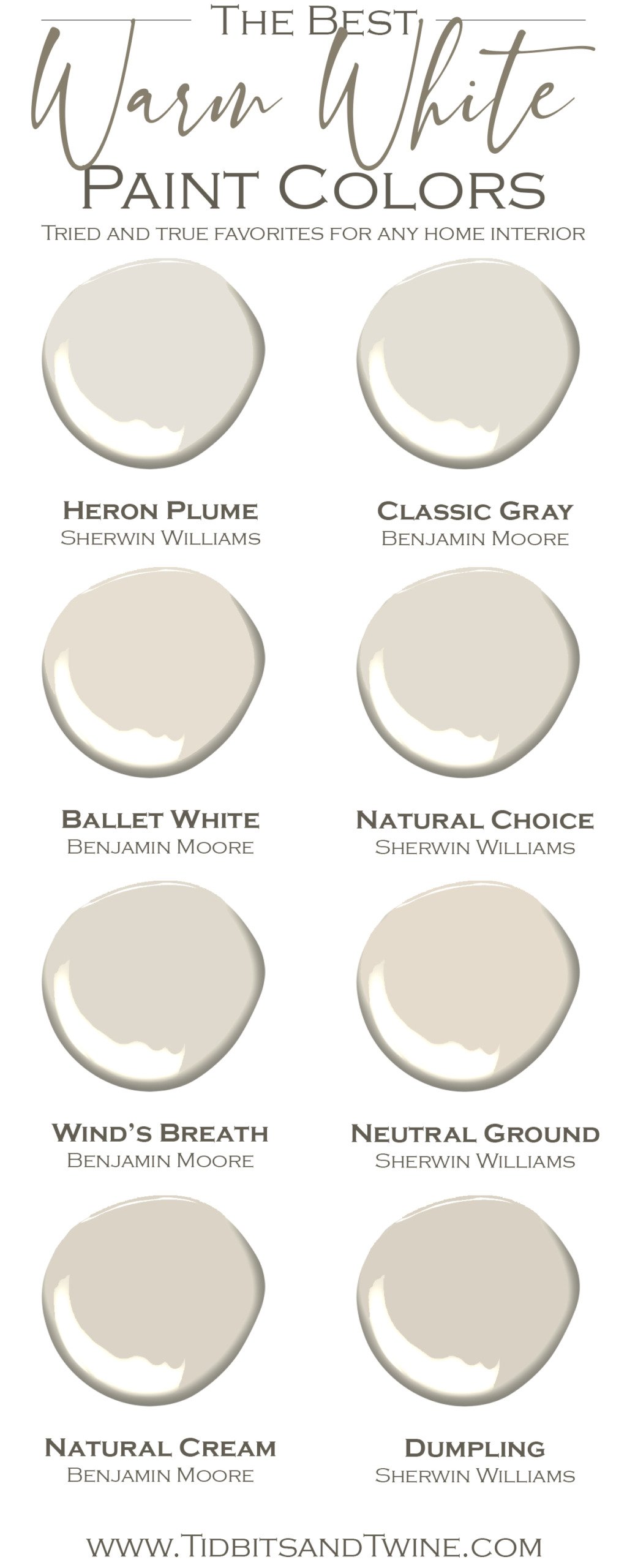




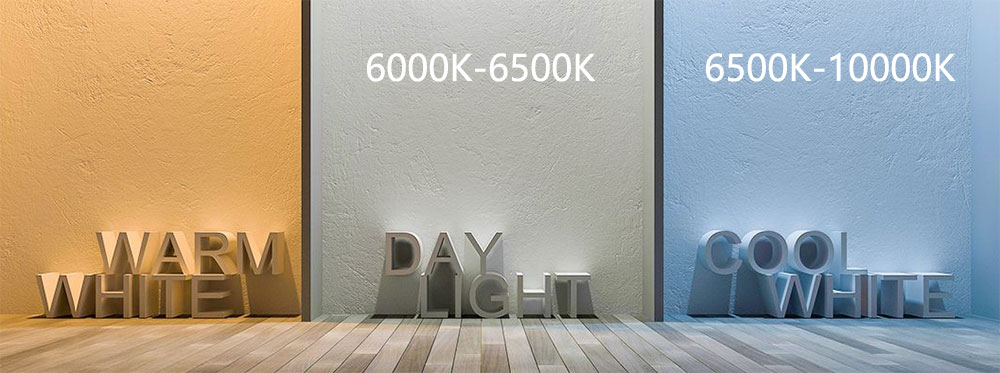

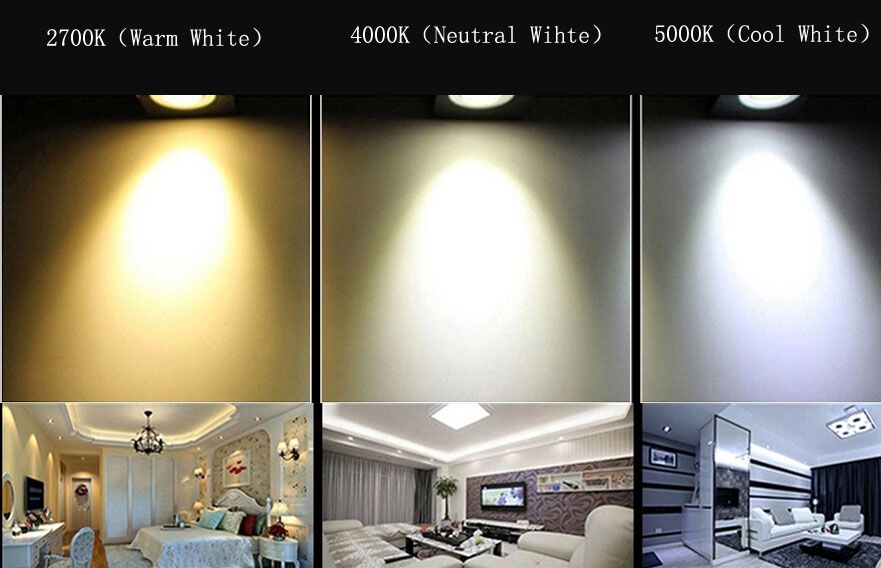
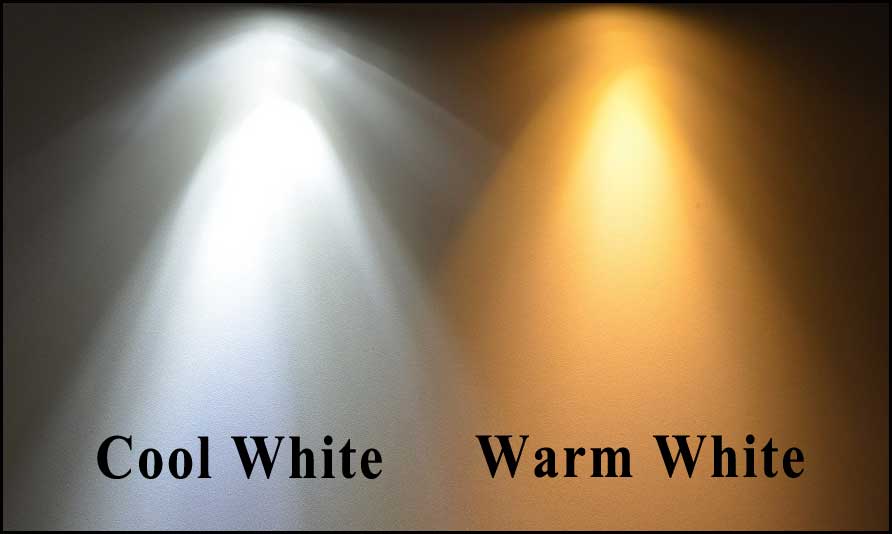
















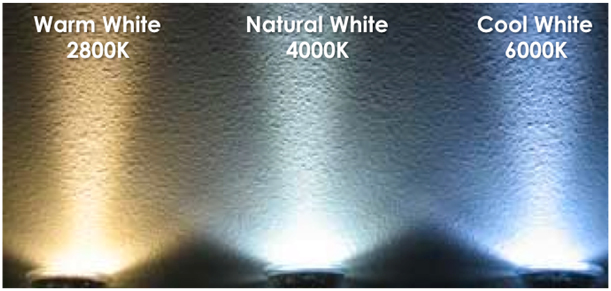


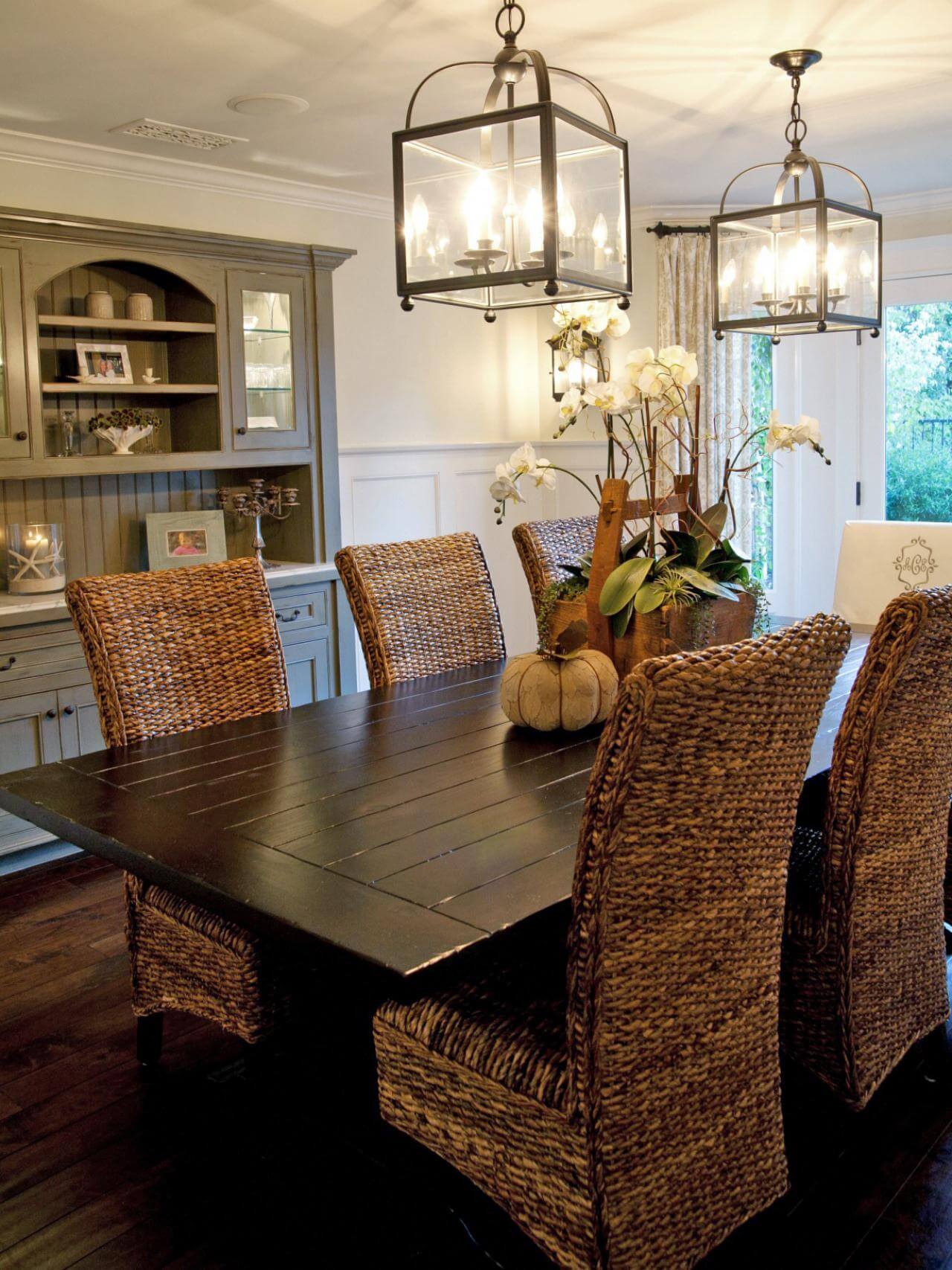


















.png)















